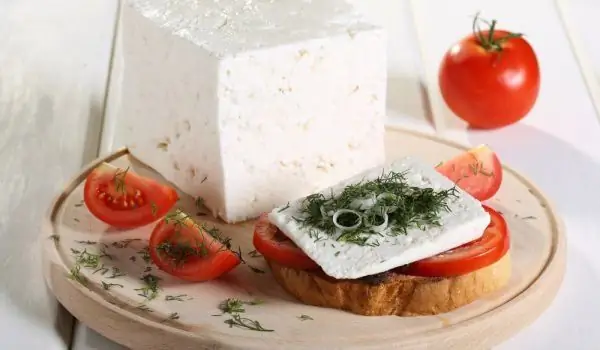2025 Author: Jasmine Walkman | [email protected]. Last modified: 2025-01-23 10:18
Some complex processes in food technology are actually easy to perform at home. And the results are wonderful and satisfying. One of these processes is the formation of emulsions and jelly formation.
In our daily lives we use and love emulsions and jellies, and often do not think about it. They are present in our lives in the form of mayonnaise, butter, margarine, jellies and more. They are liked for many reasons and because of their specific nutritional properties. Children, as well as adults, prefer jellies because of their interesting shapes, colors, texture, etc.
In fact, these forms of food are due to the properties of nutrients such as proteins, carbohydrates, fats. The food as a final product is obtained in this form thanks to the emulsifying, foaming and gelling properties of the food components.
Emulsions are systems derived from two immiscible liquids. For example, such are aqueous emulsions. Butter, margarine and milk are emulsions of this type.
In order to obtain a stable emulsion without separating water in products such as butter and margarine, so-called surfactants are used. Such a substance is lecithin, which is used as an emulsifier in the food industry. The emulsifier reduces the surface tension between the two substances and thus improves the properties of the emulsion because it is located on the interface between them. Lecithin belongs to the group of lipids, but not only lipids can be emulsifiers. Proteins also do well in this role, as long as they have an appropriate hydrophobic-hydrophilic balance.
As for the jelly-forming properties of substances, only proteins and carbohydrates have such properties. Therefore, no fat is used in the production of jelly candies and other jelly products - lipids do not show any jelly-forming properties.
Carbohydrate gelling is a molecular interaction that creates bonding zones between individual sugar molecules by sticking together. This is done with the help of heat support usually, but a certain technology is followed to get a good end result.
Various types of gelling agents are available on the market, which can be safely used to prepare jellies at home. Such a gelling agent is gelatin, and pectin and agar also have such properties.
Home-made jellies bring a lot of joy not only to young children, but also are beautiful, colorful, varied in taste.
Recommended:
Easy And Exquisite Jelly Desserts

Jelly desserts look spectacular and are useful due to the presence of gelatin, which contains important substances for hair, skin and nails. Gelatin desserts are made quickly and are very tasty. Milk jelly is easy to prepare. You need 2 teaspoons of milk, half a cup of sugar, 2 tablespoons of light liqueur, 20 grams of gelatin, 1 vanilla.
Foods Leading To The Formation Of Gases

Gas is usually formed during food intake. Some foods provide more gas formation in the intestines during digestion. Especially foods that are difficult to digest lead to the formation of more gas in the intestines. In some cases, these gases lead to abdominal pain.
We Eat Less And Less Native Cheese And More And More Gouda And Cheddar

The sale of white brined cheese in Bulgaria is much lower compared to the consumption in 2006, shows an analysis of the Institute of Agrarian Economics, quoted by the newspaper Trud. Consumption of yellow cheese in our country has also fallen.
Role Of Catherine De 'Medici In The Formation Of French Cuisine

What have you heard about French cuisine? That it is the most sophisticated and sophisticated cuisine in the world? A kitchen in which, first and foremost, is quality, not quantity. Kitchen of good manners and manners. A kitchen that is literally a feast for the senses
Ginseng And Royal Jelly Work Wonders

Ginseng and royal jelly, considered as separate products, have many enviable benefits for the body and the organism. However, traditional Chinese medicine finds a way to bring them together and use them together. Combined, these products and their properties and qualities are more than powerful.

